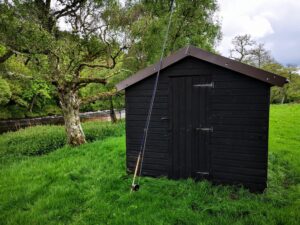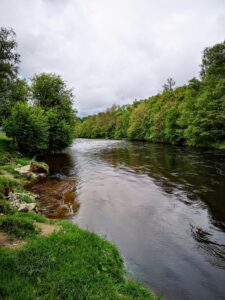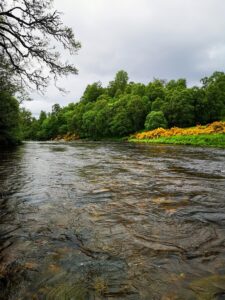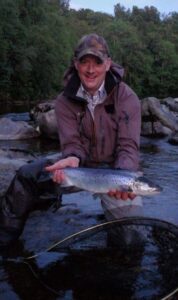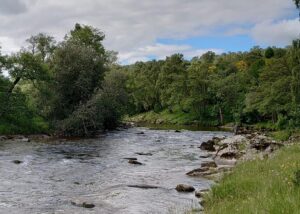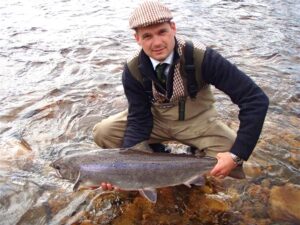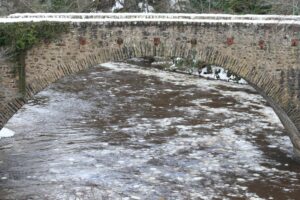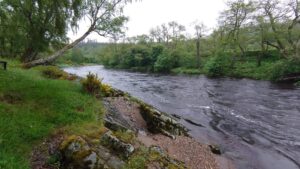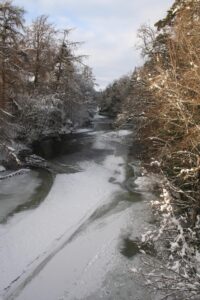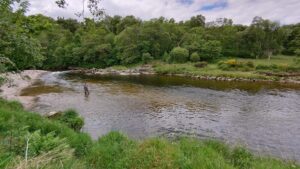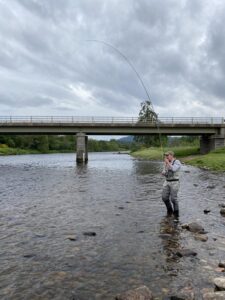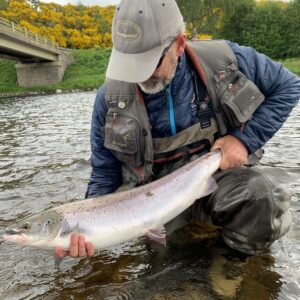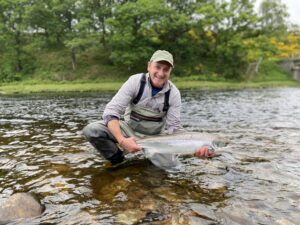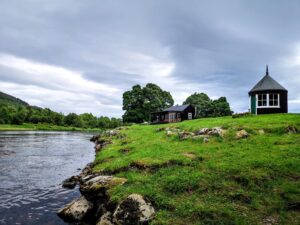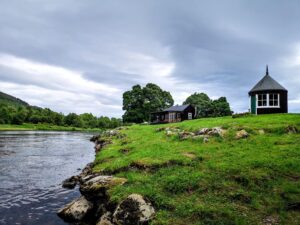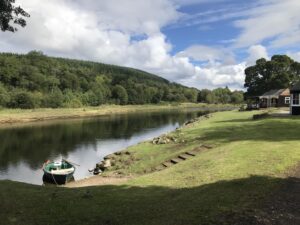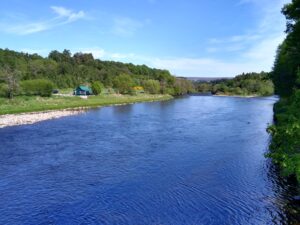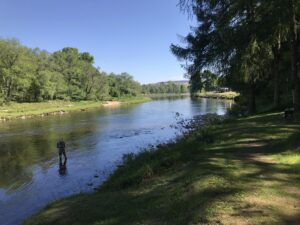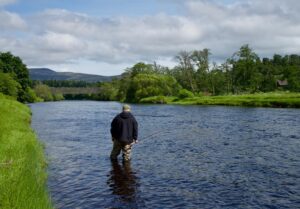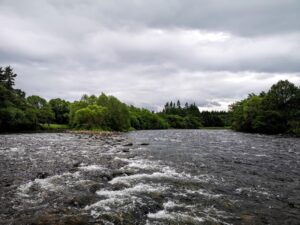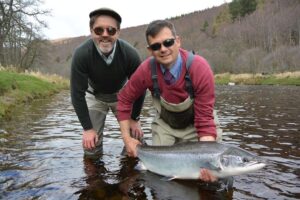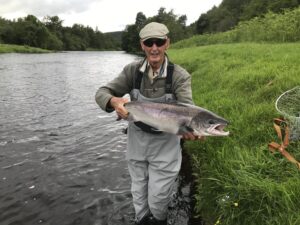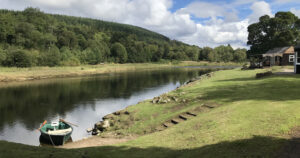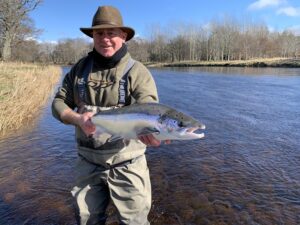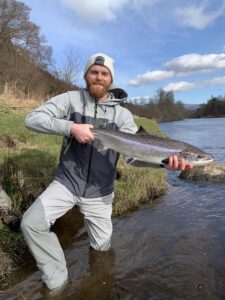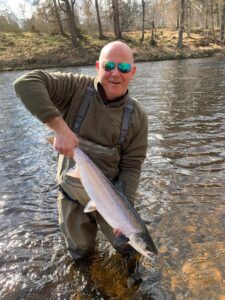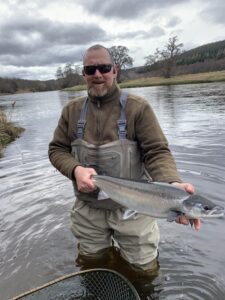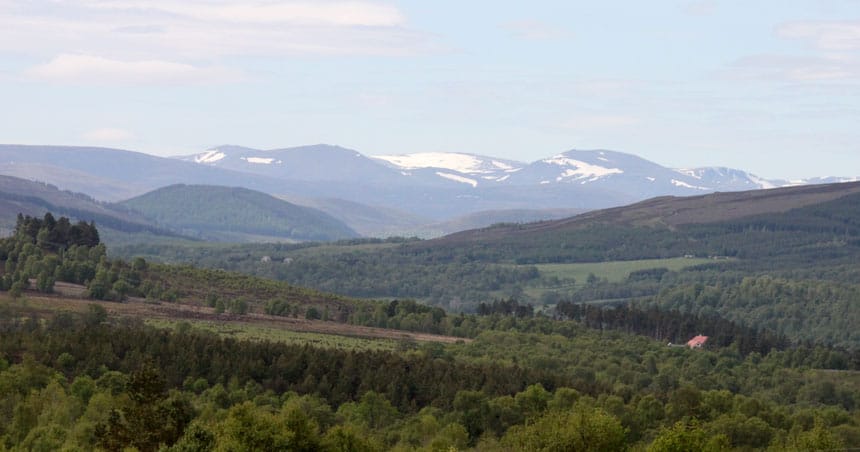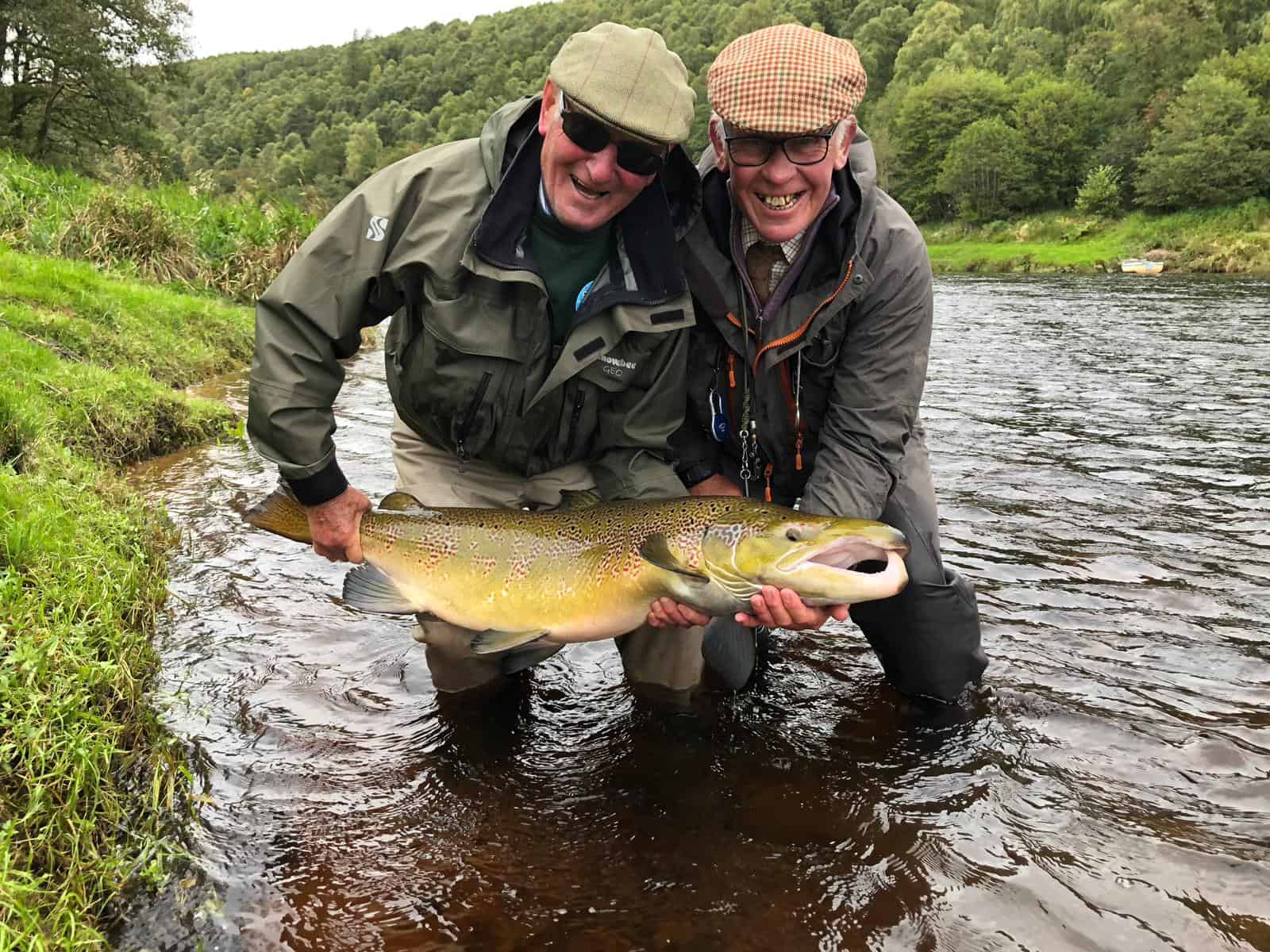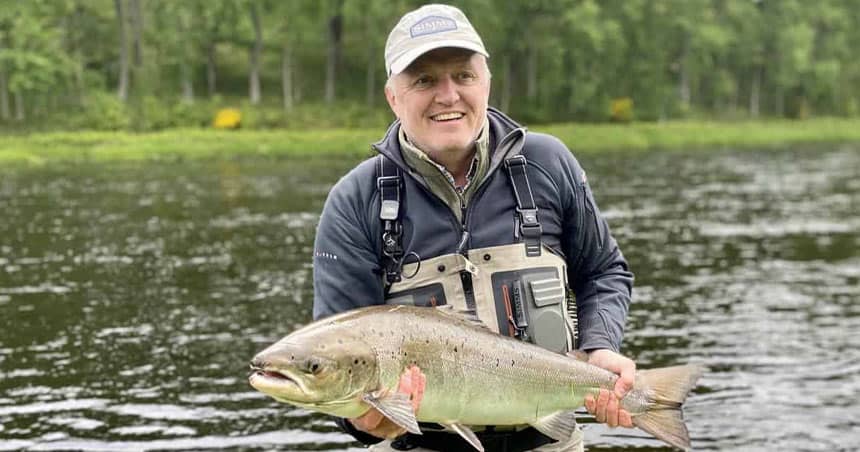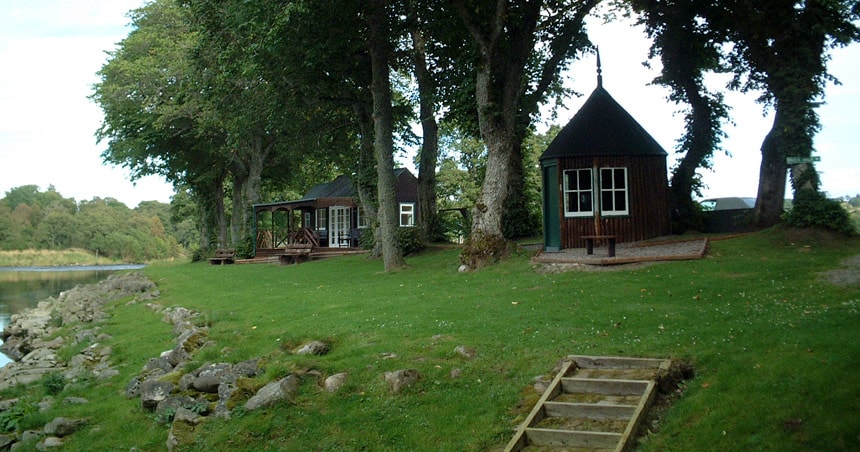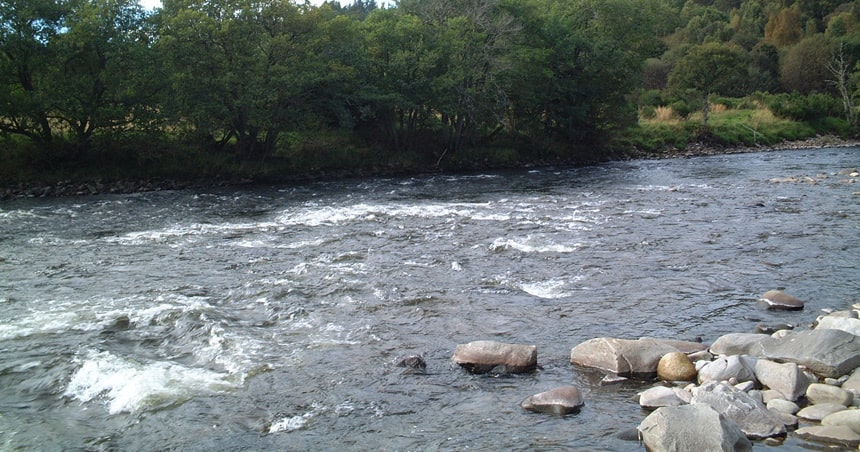The aims of management of Ballindalloch Estate are:
· To provide a home for the current and future generations of the Macpherson-Grant family while also being a thriving family business.
· To work together with all stakeholders to achieve a high standard of stewardship and land management for the benefit of present and future generations.
· To adopt consistent policies for the conservation of the natural assets of the Estate.
These aims will be achieved by:
· Contributing to the economic activity of the local area.
· Maintaining efficient and considerate management policies for all areas of activity.
· Ensuring an exemplary welcome for all visitors to the Estate, whether for tourism, leisure or business.
· Providing good working conditions for staff and good living conditions for those accommodated on the estate, while ensuring equal opportunities for all.
· Contributing where possible to the social well-being of the estate staff, pensioners, tenants and the local community.
· Keeping costs under scrutiny and constantly improving the standard of financial accountability and management of the Estate.
· Managing in an efficient and sustainable manner the natural assets of the Estate, and developing new economic enterprises where viable and appropriate.
· Conserving the natural heritage of the Estate, and maintaining to a high standard all built heritage of importance.
· Managing efficiently and sustainably the wild game resources of the Estate and providing a variety of shooting, stalking and fishing opportunities.
· Managing the natural woodland and forestry plantations in a sustainable manner.
The Ballindalloch Estate
The Ballindalloch Estate is a privately owned and professionally managed family business in the heart of Speyside in North-East Scotland that employs more than thirty people. The Estate consists of farmland, woodland, distilling, tourism, leisure, sporting, and renewable energy interests and a number of commercial and residential properties. This activity is centred on Ballindalloch Castle, which is a listed building of national heritage interest, having been built originally in 1546, and is one of only a small number of castles in Scotland still lived in by the family of its original owners.
The Estate aims to maintain diverse economic activity in this rural area in order to make a significant contribution towards a sustainable rural community in keeping with its Highland surroundings. Visitors are welcome on the Estate; the family consider that education is essential for people to understand the Estate’s role in the wider community.
The Estate is an area of approximately 9,000 hectares of farmland, woodland and moorland at the junction of the Rivers Spey and Avon in the North-East of Scotland. The Estate straddles the Morayshire and Banffshire county boundaries and has changed little in its extent since the late Eighteenth century. Ownership of the Estate throughout this period has been, and presently is, the responsibility of the Macpherson-Grant family.
The character of the Estate varies from the riverine landscape of the straths of the Spey and the Avon at around 450 feet to the moorland on Ben Rinnes and the montane conditions existing at the Estate’s march on the Scurran of Morinsh at 2,500 feet. In between there is a mixture of arable and livestock farming land, both held in hand and tenanted, a variety of natural woodland areas and commercial softwood plantations, as well as areas of peatland and wetland.
The permanent population of the area is centred on the settlements of Marypark and Cragganmore, though the numbers are swelled considerably by those living throughout the area in the various properties and by those visiting during the summer months. The Estate is situated in Speyside, seven miles south-west of Aberlour-on-Spey and fourteen miles north-east of Grantown-on-Spey. These villages provide much of the support infrastructure for those living on the Estate. The main businesses in the Speyside area are tourism, whisky distilleries, farming and country sports, together with the world-renowned food manufacturers Walkers Shortbread and Baxters Foods.
Access by road is straightforward since the Estate is almost bisected by the A95 Keith to Aviemore trunk road. Minor roads lead off to Glenlivet and Knockando, while a number of single track public roads also exist. Access by foot to the upland areas is simple, for instance by the well-signposted Speyside Way that crosses the Estate. However, since the Estate is by no means an area of ‘wild land’ and has no hills of Munro height, the pressure from hill-walkers has never been extensive.
The Estate presently directly employs a full time resident Factor and more than thirty people full time, part time and seasonally; in addition the Estate provides work for a substantial number of local tradesmen. The Estate is owned and run by the present generation of the Macpherson-Grant family, who live at Ballindalloch Castle. The management of the Estate is headed by Guy and Victoria Macpherson-Grant who manage a number of aspects of the Estate directly. There are seven tenanted farms on the Estate, as well as the Home Farms.
The Estate has a narrow choice in the economic activity it carries out. Within the limitations placed upon it, the Estate looks to carry on a business that has several components, in order to generate sufficient income to reinvest in the Estate and its assets. The following sections identify the various operations of the Estate, the key elements of its businesses and the aims the Estate has for those businesses.
There are three websites that provide full information for visitors to the Estate:
www.ballindallochcastle.co.uk
www.ballindallochhighlandestate.com
www.ballindallochdistillery.com


